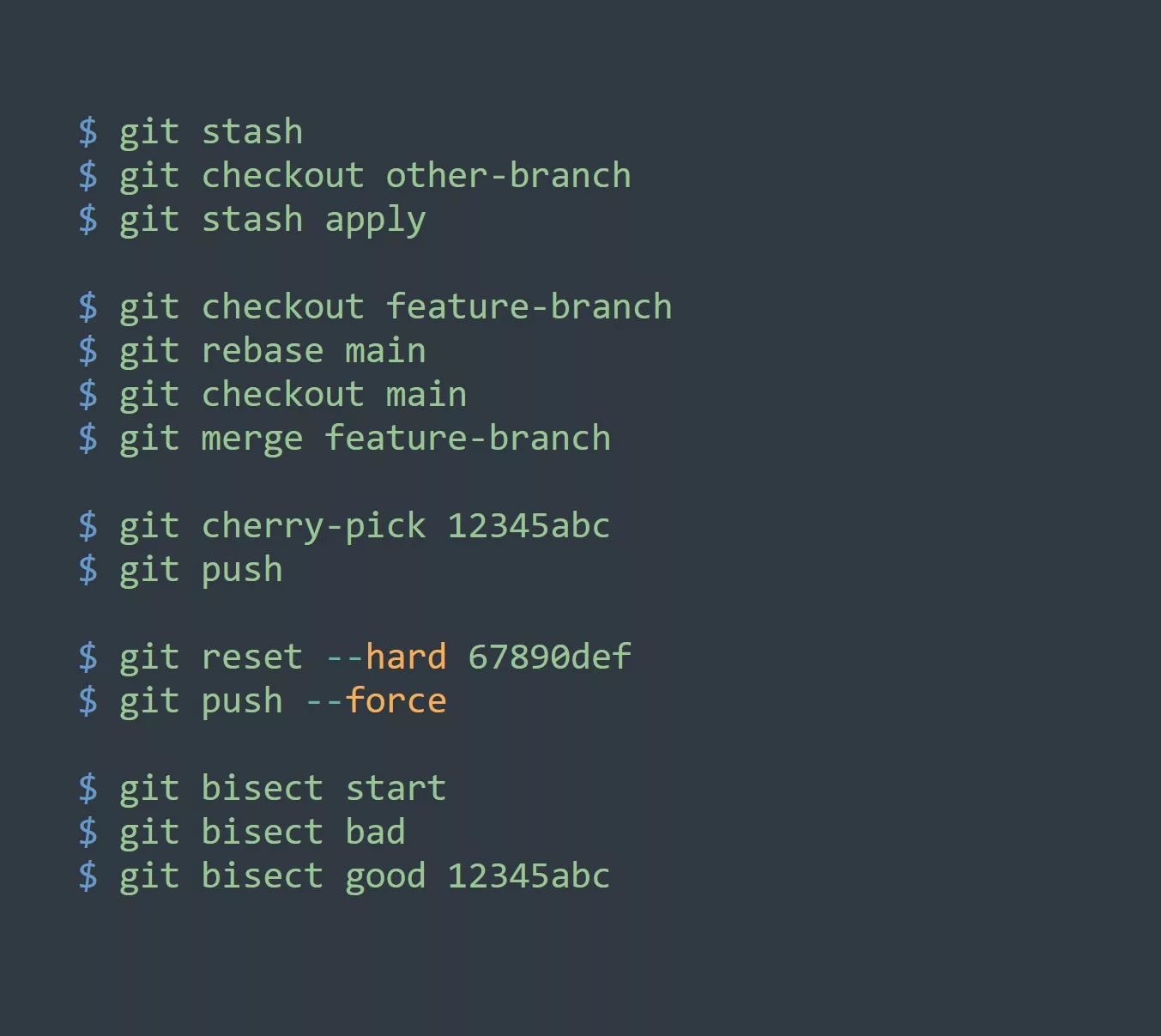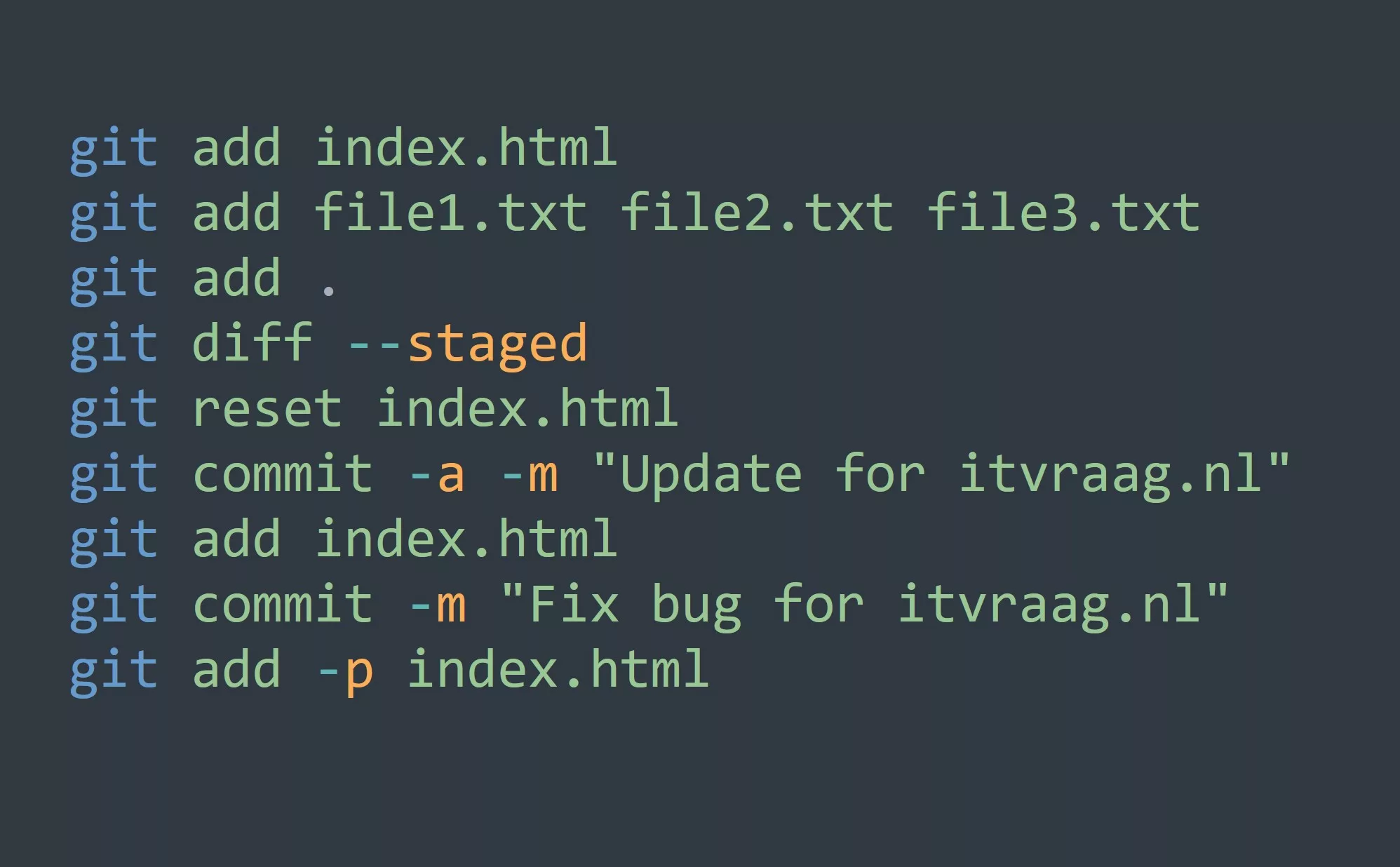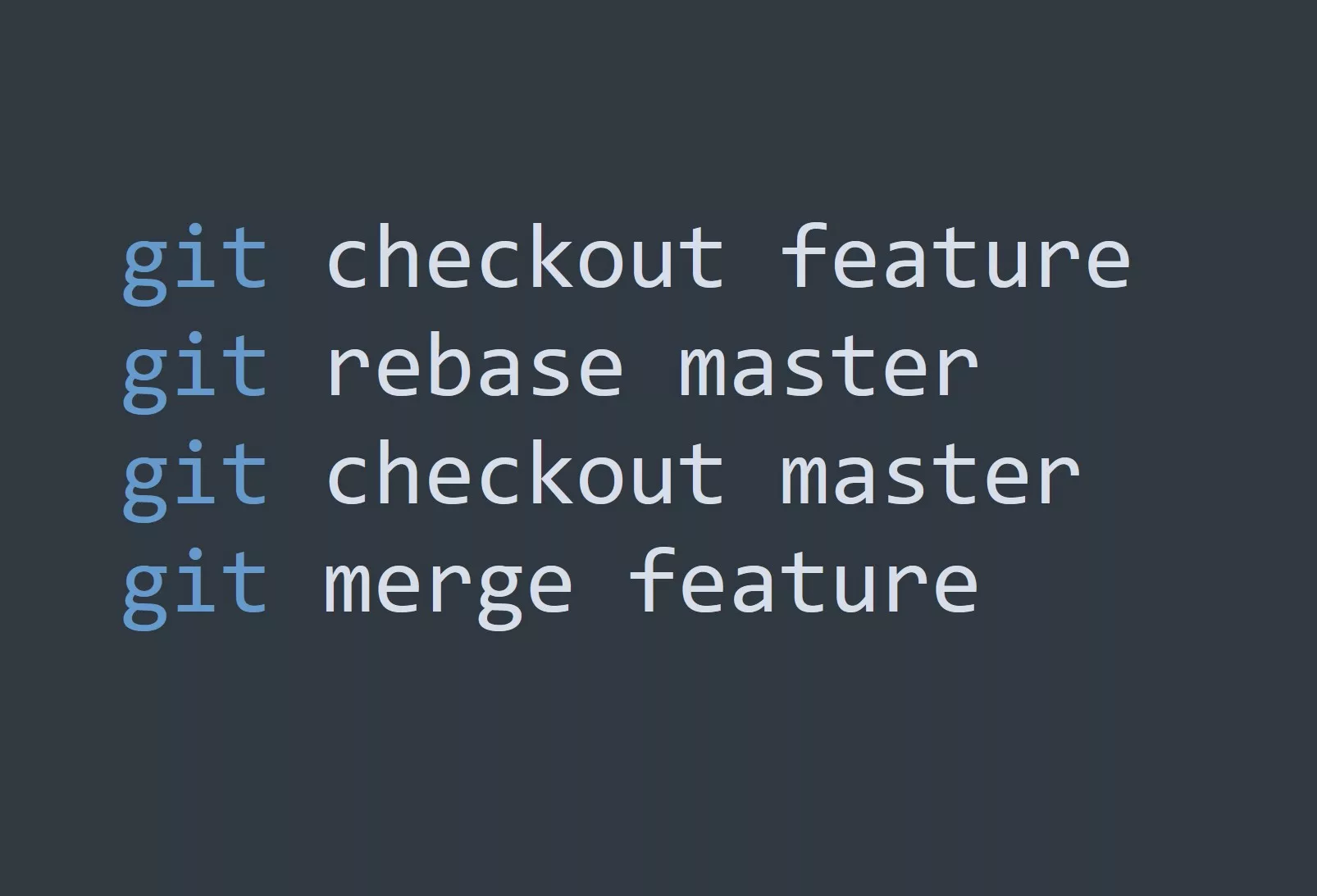What is Gitignore?
Gitignore is a simple text file that lives in the root directory of your repository and tells Git which files or directories to ignore when committing changes. It works by matching file patterns with the files in your repository and ignoring any that match the patterns specified in the gitignore file. For example, if you wanted to ignore all files with the extension “.tmp”, you would add the following line to your gitignore file:
*.tmp
Gitignore is a powerful tool that can help you keep your repository clean and organized, but it’s important to remember that it only works for files that have not yet been added to the repository. If you’ve already added a file to the repository and then add it to your gitignore file, it will not be ignored until you remove it from the repository with the following command:
git rm --cached [file]
Surprising facts
Gitignore can also be used to exclude files from being committed to a specific branch. For example, let’s say you have a staging branch where you want to commit all of your changes before pushing them to the production branch. You can use gitignore to exclude certain files from being committed to the staging branch, while still allowing them to be committed to the production branch. This can be useful for keeping sensitive information out of your staging environment while still allowing it to be included in your production environment.
gitignore file content example
# ignore all log files
*.log
# ignore all files in the tmp directory
/tmp/
# ignore all text files in the docs directory
/docs/**/*.txt
# ignore all files ending in .tmp
*.tmp
Key Points to Remember
- Gitignore only works for files that have not yet been added to the repository.
- Gitignore can be used to exclude files from being committed to a specific branch.
- Gitignore uses file patterns to match files in the repository.
- Gitignore is a simple text file that lives in the root directory of your repository.
gitignore tips
- Ignore large files that don’t need to be tracked in version control. This can help reduce the size of your repository and improve performance when working with large files.
- Ignore sensitive information that should not be shared publicly. This can help protect sensitive data and prevent accidental exposure.
- Ignore temporary files that are generated by your development environment. This can help keep your repository clean and organized.
- Exclude files from being committed to specific branches. This can help keep sensitive information out of staging environments while still allowing it to be included in production environments.
- Ignore files that are specific to your local development environment. This can help prevent conflicts when working with a team and ensure that everyone is working with the same codebase.
Challenge
Try creating a gitignore file for your own repository and see how it can help you keep your codebase clean and organized. Can you think of any other ways that gitignore can be used to increase productivity and efficiency?



